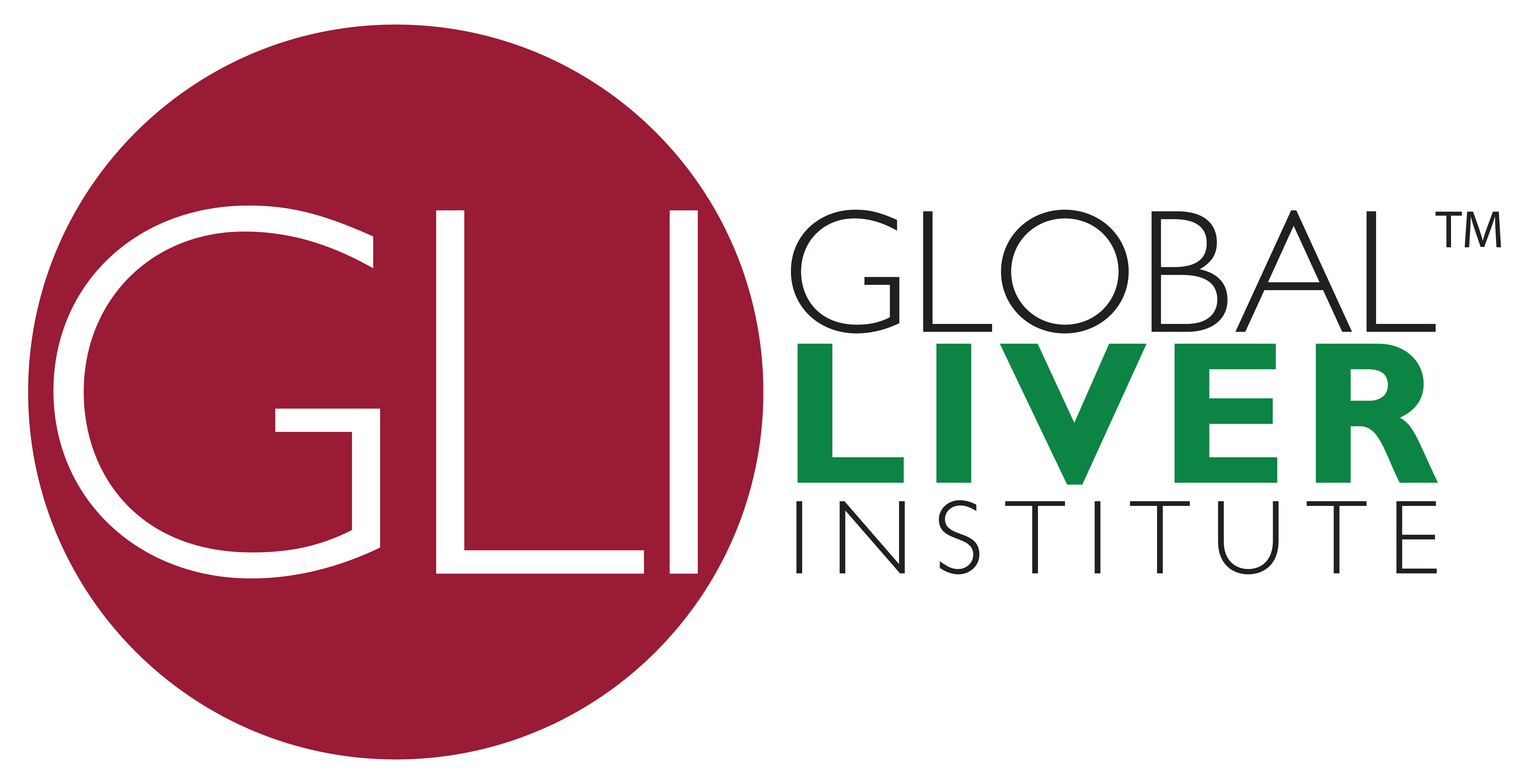Navigating the Niche Nutritional Challenges of Rare Liver Diseases
The lifestyle changes that come with a rare liver disease or any chronic condition can be daunting and frustrating. With a diet change, your meals, grocery bills, and even restaurant menus start to look different, not to mention the lists and diet recommendations from doctors that can be long and overwhelming. Many rare liver diseases require specialized nutrition to manage or improve health.
Lysosomal lipid lipase deficiency (LAL-D) is a rare genetic disorder that affects the breakdown of lipids. It leads to the accumulation of lipids in various tissues, causing a range of health issues including hepatomegaly, which is an enlarged liver.
- Restrict the intake of saturated fats and cholesterol, while making sure to include healthy fats such as monounsaturated and polyunsaturated fats found in foods such as avocados, nuts, and fish.
- Maintain a well-balanced diet with adequate intake of vitamins and minerals to manage complications.
- Manage caloric intake and monitor lipid levels to avoid excessive weight gain.
Glycogen storage disorders are a group of rare genetic disorders characterized by the body’s inability to break down glycogen, a form of glucose (sugar) typically found in the liver/muscles, which can cause liver damage. Symptoms usually appear within the first year of a child’s life.
- Avoid fasting and eat frequent small meals and snacks to maintain glucose levels.
- Choose carbohydrates wisely; complex carbohydrates such as grains and legumes release glucose slowly, while simple sugars can cause unsustained energy levels.
- Eat uncooked cornstarch or similar supplements to help maintain stable blood sugar levels over long periods.
Hereditary hemochromatosis is a rare genetic disorder identified by excessive absorption of iron by the intestines, which can lead to an accumulation of iron in various organs, including the liver.
- Limit iron-rich foods such as red meat, organ meats, and shellfish as well as iron supplements to avoid excess iron in the diet.
- Choose non-heme iron, found in plant foods such as beans, lentils, and tofu.
- Avoid vitamin C supplements or foods high in vitamin C since it enhances the absorption of nonheme iron.
- Limit alcohol consumption, as it can increase iron absorption.
Wilson’s disease is a rare genetic disorder leading to copper accumulation in organs, including the liver.
- Eat a low copper diet, limiting foods such as shellfish, nuts, chocolate, and mushrooms.
- Avoid food cooked with copper utensils.
- Take zinc under the guidance of a healthcare professional, which can inhibit the absorption of copper.
Alagille syndrome is a rare genetic disorder that primarily impacts the liver and is caused by mutations in genes that play essential roles in fetal development.
- Consume a nutrient-dense, high-calorie diet to support weight gain and growth. Protein intake is also important for growth and muscle development.
- Supplements for vitamins (A, D, E, and K), calcium, and zinc may be recommended due to difficulties with absorption.
- Calcium and vitamin D are recommended for bone health.
- Consume a low-fat diet to manage symptoms such as diarrhea and malnutrition.
Tyrosinemia is a rare metabolic genetic disorder that impacts the body’s ability to break down tyrosine, a type of amino acid (the building blocks of proteins).
- Limit protein intake to reduce the accumulation of tyrosine in the body.
- Restrict foods such as meat, fish, eggs, some grains, and dairy products.
- For tyrosinemia (type I), seek a prescription for a medical formula that provides nutrients without causing further metabolic imbalance. Other vitamin and mineral supplements may also be needed.
These recommendations may not apply to every individual case. Not only is regular monitoring of development and nutrition levels critical, but it is also important to seek guidance from a healthcare professional to manage your condition. Time, money, and access may also affect the ability to follow these guidelines.
Medical Nutrition Equity Act and Looking Forward
Many individuals in the U.S. struggle with digestive or inherited metabolic disorders, like rare liver disease, making certain foods hard to eat. According to Patients and Providers For Medical Nutrition Equity, without proper medically necessary nutrition, the risk of toxic accumulation or inadequate nutrient absorption increases. Specifically, in chronic liver disease, vitamin replacement therapy, and specialized nutrition are critical for symptom management, particularly for children who often face even more severe health consequences. Obtaining medically necessary nutrition comes with significant costs – but without it, patients often end up with even more costly hospital stays. Insurance companies generally do not cover medically necessary nutrition, preferring to cover more expensive pharmaceuticals.

GLI is pleased to support the Medical Nutrition Equity Act (H.R. 6892), which provides for the coverage of medically necessary food, vitamins, and individual amino acids for digestive and inherited metabolic disorders under Federal health programs and private health insurance, as well as ensuring State and Federal protection for existing coverage. Malabsorption due to liver or pancreatic disease is explicitly included in coverage under the bill’s provisions. The passage of the Medical Nutrition Equity Act could be life-changing for those diagnosed and managing rare liver disease. Key potential impacts could include improved access, affordability, and health outcomes across the U.S.
Reliable Resources, Meal Guides, and Information
For more information about the Pediatric and Rare Liver Diseases Council or to learn more about joining, please visit our webpage or email pedsrare@globalliver.org.
